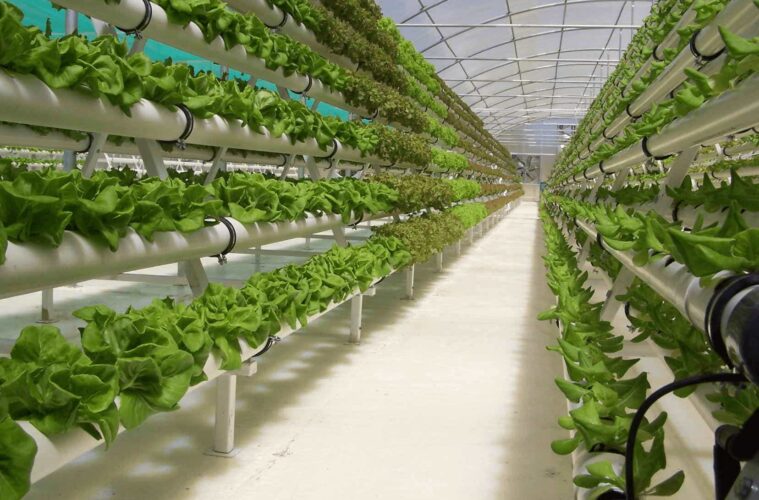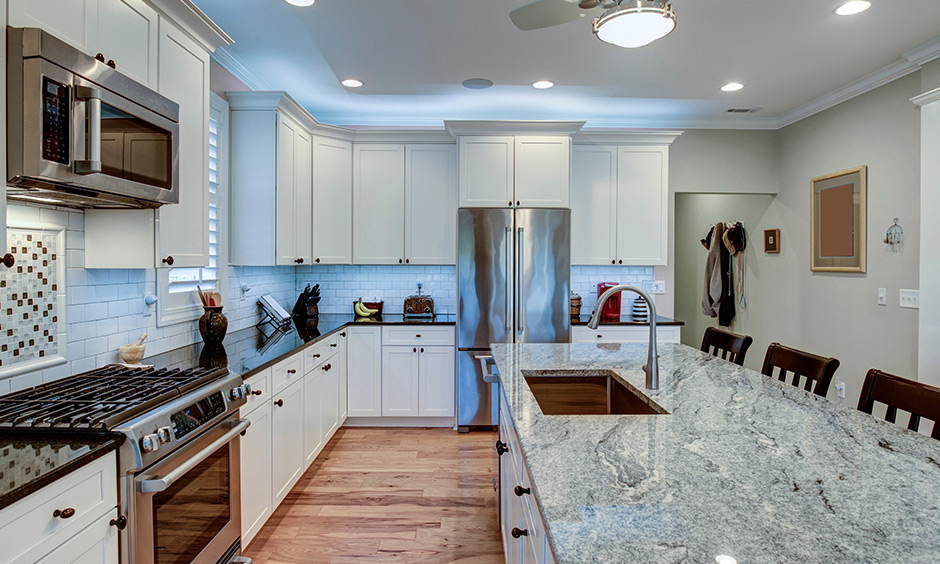So you have finally decided to start your own garden, but where do you begin? There are several components to make a garden work. It is a process in which a different material apart from the soil is used to give support to the roots of the plant. It is a process where crops are grown directly in nutrient-rich water. Mentioned below are the ideas for the hydroponic garden:
Things required for gardening process
Freshwater
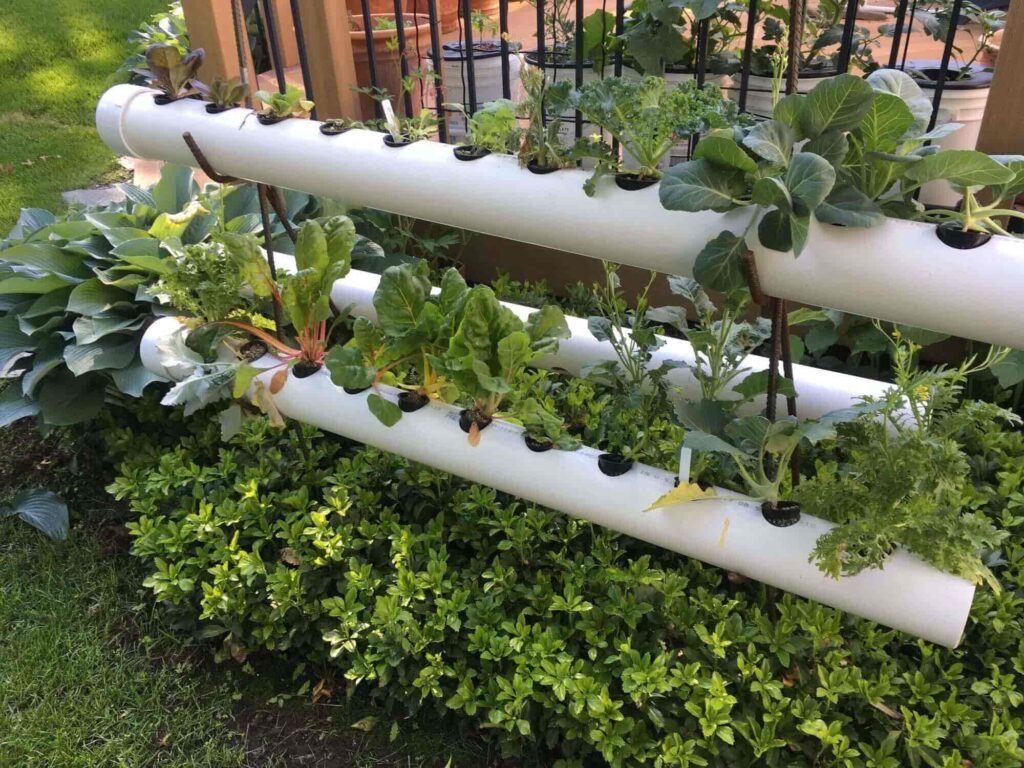
source: stmedia.stimg.co
Filtered water with a balanced pH is needed for farming. A majority of the plants like water that has a pH level around 6-6.5. The acidity of the water can be easily altered by the over the counter solutions that you can find in your local hardware, garden or store.
Oxygen
Depending on the setup, you need to leave spaces between the plant bases and water reservoir so that the roots can get the required amount of oxygen. You have to oxygenate the container with the help of an air stone or air pump.
Root support
Though the soil is not used in gardening, plant roots still require something to hold on to. Use typical materials like vermiculture, perlite. peat moss and coconut fibre for this purpose. Avoid compact materials like sand and gravel.
Nutrients
Plenty of nutrients like magnesium, phosphorus and calcium are needed by plants to stay productive. When the plants are grown without soil, plant food must be added to the water to feed your plants.
Light
If the plants are grown indoors, you need to install some special lighting. Each plant has its requirement for the amount of light.
Steps to follow to start your gardening
Choose plants and start your seeds
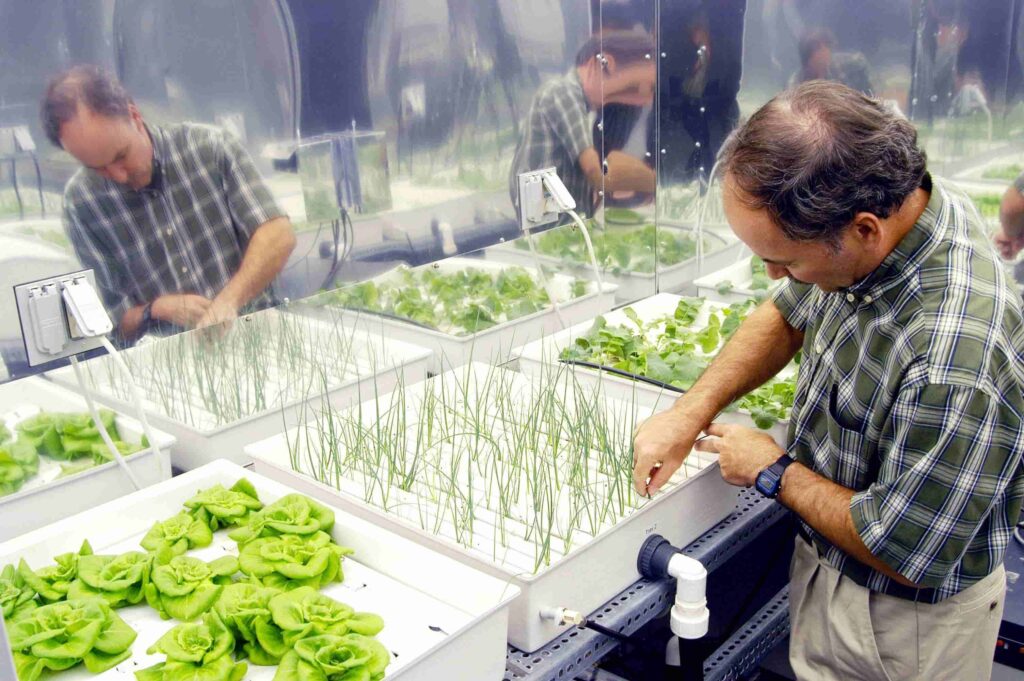
source: en.wikipedia.org
The first and the most important thing in starting your hydroponic garden is to decide what type of plants you are looking to grow. There is a specific setup for each plant. If it’s your first time going for gardening, you should start with a leafy green like lettuce. You can make use of rapid rooter cubes to germinate your seeds. These plugs make the entire process of setting up your garden easier by increasing the rate of germination.
Decide about your system
The next step is to choose the type of system. There is a wide range of systems to choose from so take some time to learn about each method. The factors which determine the type of system for your garden are – the amount of space in your garden, type of plants and your budget.
Choose a source of light
Proper lighting is another crucial factor in the success of your garden. If you are not making use of the sun as the light source, you will need to choose a grow light for your setup. There are various types of lights available, so make sure to research to know which light setup will go best for your hydroponic garden. Cost, light intensity, the light spectrum and coverage area are the few factors to be considered while choosing a grow light. If you are tight on budget, you can opt for LED grow light. They are comparatively cheaper and can grow both leafy green plants and fruit-bearing plants.
Choose a growth medium
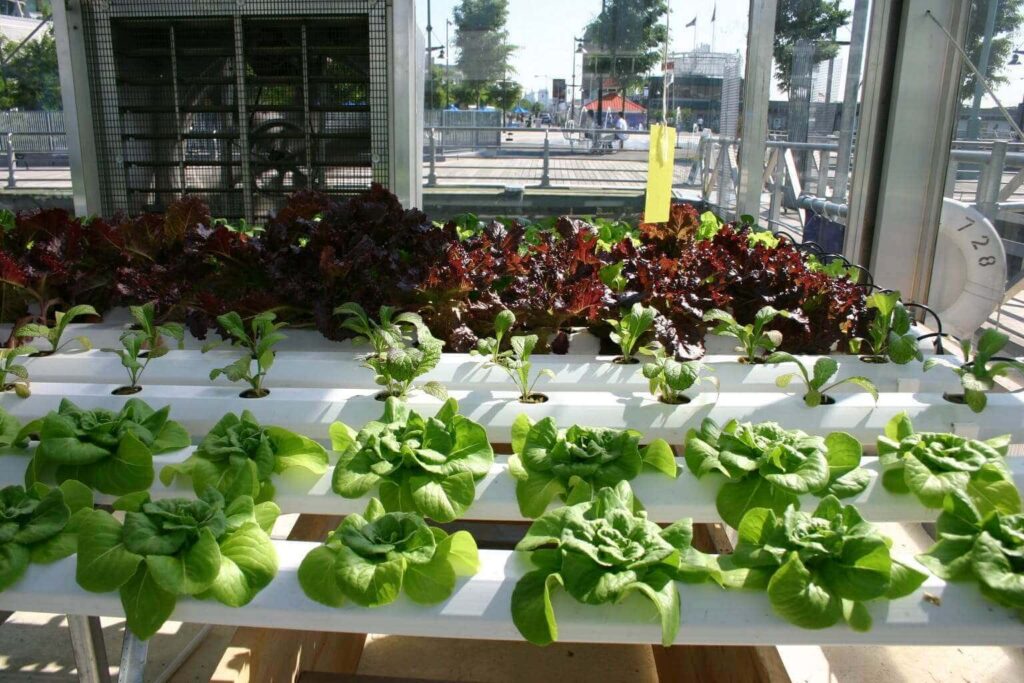
source: dengarden.com
The next step is to determine the type of growing medium that will work best with your system. The type of growing medium to be used depending on the type of plans that you will be growing and the type of system. Cost, water retention capacity, level of aeration and pH stability are some of the factors to be considered while choosing the grow medium.
Purchase nutrients and supplements
If you are a beginner, go for a 1 part nutrients supplements like Dyna-Gro Grow for vegetative growth and Dynamic-Gro for flowering and blooming. Also, 3 part nutrient solution, Flora Series a forms a great part of the General system. Other supplements can be added to boost the growth rate, overall size and flavour of your plants. Such supplements also work to make your plants strong and less susceptible to diseases.
Buy a pH meter and pH up/down
Plants can only take the nutrients that are within their specific pH range. You will need to buy a pH meter to test the PH of your nutrient solutions regularly. You can either get a liquid kit or test strips or an electronic meter. However, if you are low on budget, go for electronic meters as they are inexpensive and more convenient. To adjust the pH of your nutrient so, union, purchase a pH up and a pH down.
Mix nutrients, start your system
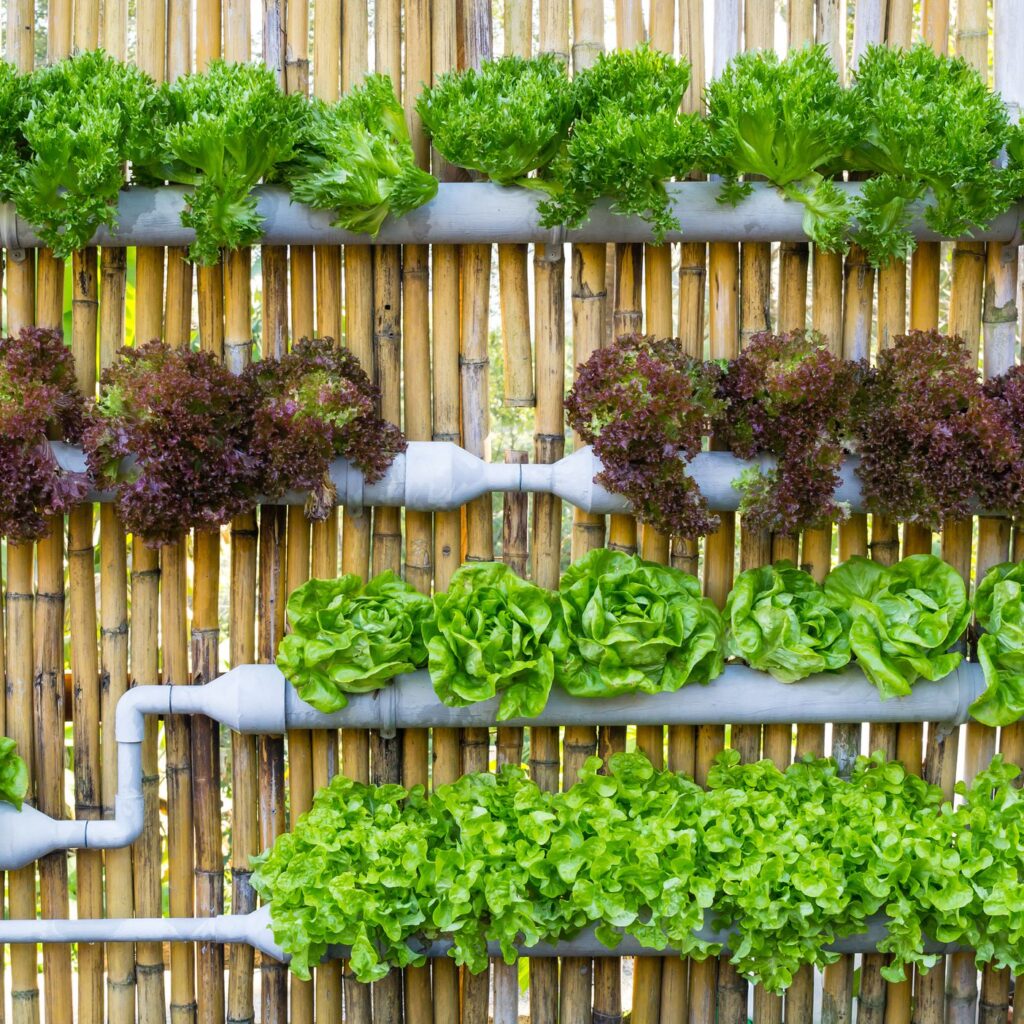
source: pinterest.com
The last step is to get everything going. Put water In your system and let it run to make sure that everything is operating perfectly.
Benefits of hydroponic gardening:
There are various advantages of gardening over field farming. There is a lot of negative press in the standard field farming practices, from concerns regarding soil erosion to massive water consumption to foodborne illness breakouts. Hydroponic gardening solves many of these issues, setups are the soilless, water-based farming process. The crops are fed nutrient-rich water rather than using soil for nutrition. This eliminates a lot of baggage that comes with soil-based methods. Some of the major benefits of gardening are:
Saves space
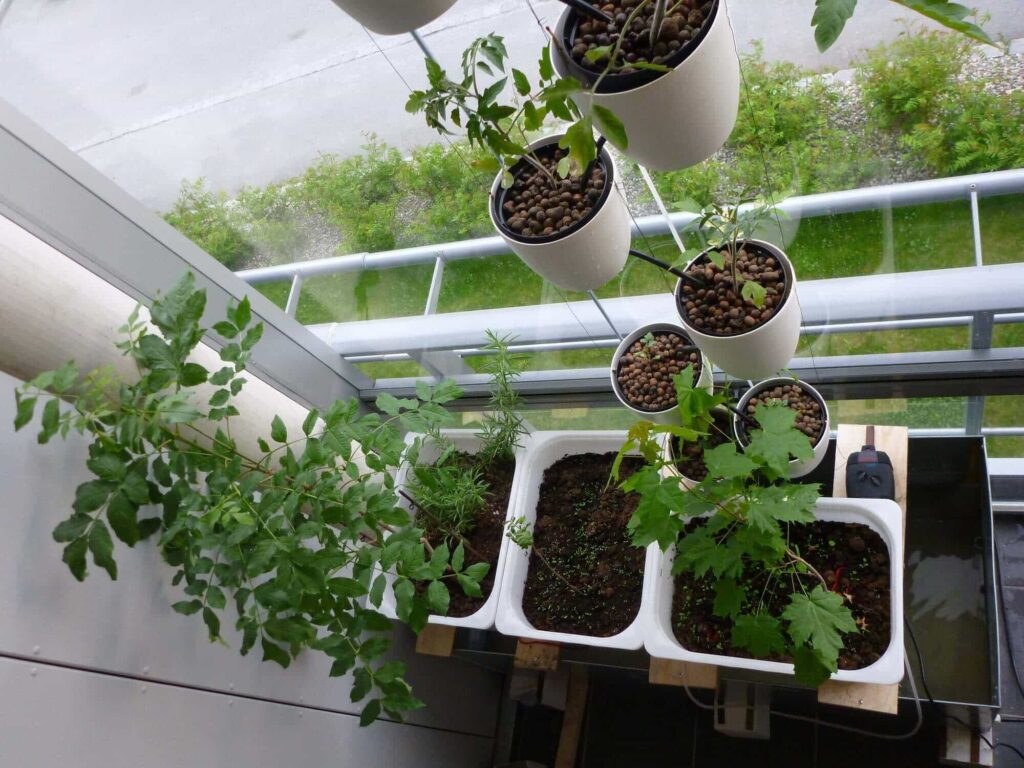
source: norwegiancreations.com
Plants grown in soil spread their roots to find water and the essential nutrients needed for their growth, this means that they should plant a certain distance apart from one another. However, in the case of such systems, the roots don’t need to spread because water and nutrients are directly delivered to them. These systems can grow a large number of plants in the same amount of space as compared to soil-based systems in your gardening tool.
Water conservation
In the case of field farming, a lot of water is used up because so much of it is lost. Water rolls away and puddles, making most of it unusable. That is a lot of waste! The system makes use of 10 times less water because the water here is delivered in a controlled way. Certain systems recirculate water. This reduces water consumption even more!
Fewer chemicals
These systems do not eradicate pest issues but lower the potential of this happening. This lowers down the need for pesticides and herbicides. As such systems are highly controlled, there is no risk of weeds taking over your garden. So there is no need for herbicides. Also, as these systems are mostly indoors, pests fail to infiltrate them. This lowers the need for pesticides.
Faster growth
Plants grown in hydroponic gardening grow faster as compared to those grown in soil. Crops grow faster in such systems as compared to regular soil. This is because they receive an ideal amount of nutrients. The indoor-grown crops also have less environmentally reduced stress like weather and pests. Leafy green vegetables and fruits like lettuce and tomatoes grow faster in these systems.
Nutrient control
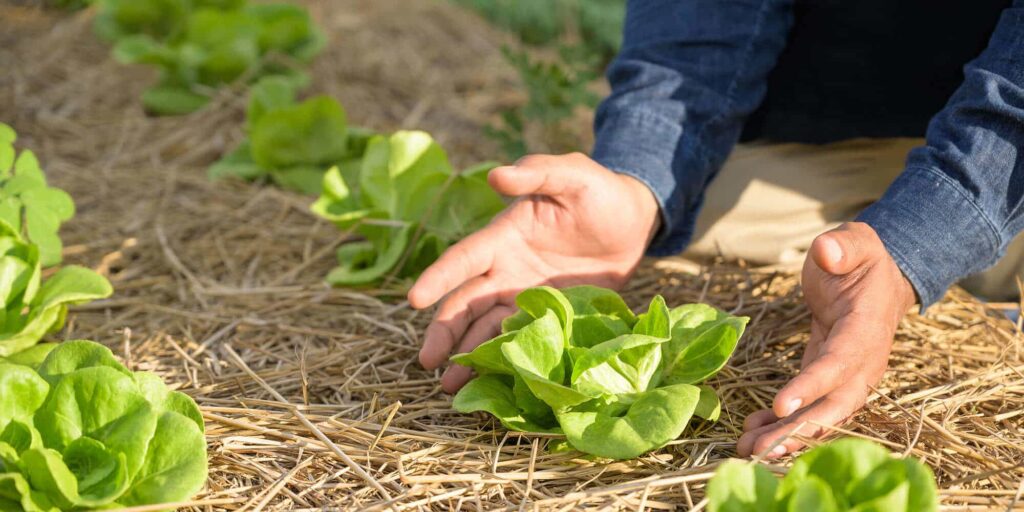
source: marthastewart.com
The system provides plants with a nutrient solution, giving the farmers a better control of what nutrients their crop soaks up.
Grow indoors
Another major benefit of such farming is that it is easy to practice indoors. It is very easy to implement systems indoors because of the environmental control that it offers. With perfect growing conditions, plants grow stronger.
Healthier plants
Plants grown in these setups grow healthier as compared to that in soil. Soil-borne diseases are not an issue because the soil is not used for those diseases to fester and spread in. Also, plants don’t need to spread their roots for nutrients, thus they get more energy on growing.
Bigger yield
More plants can be grown in small spaces in such kind of farming. Hence, these systems yield more crops per square foot. The plants grown are a, so comparatively healthier and faster.
No soil erosion
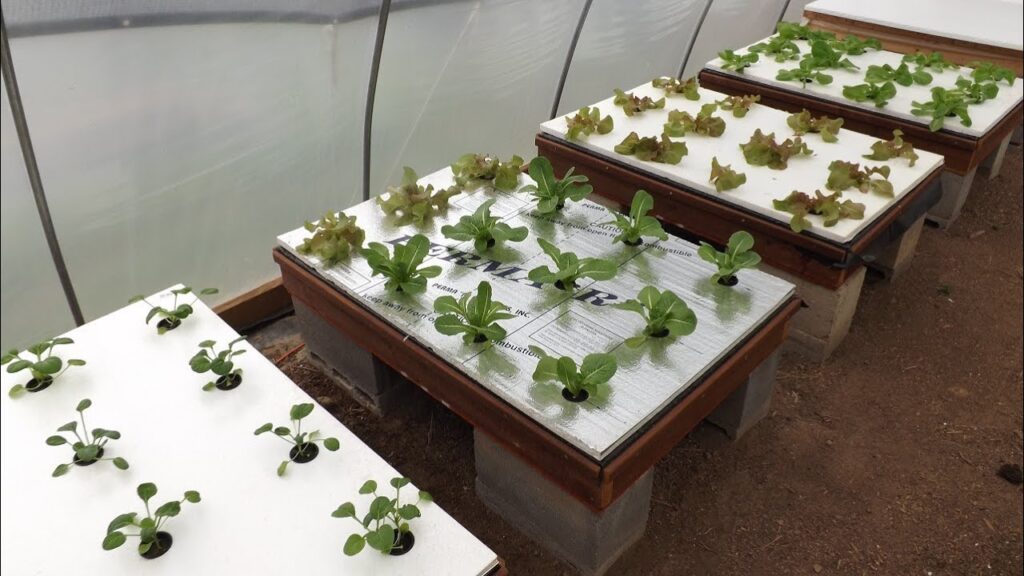
source: youtube.com
As no soil is used in such systems, there is no problem of soil erosion.
No weeds
Weeds need the same things as the other plants to sprout. Seeds are not sown in such systems. As they can germinate, weeds will not take the roots and steal the precious nutrients of your crops. Now that you know all the benefits of hydroponic systems, it is time to get started!
Types of hydroponic setups
Wick system
This system is the simplest type of system that can be used to grow plants. It is also the simplest type which means that it can be used by anyone. The wick system is the only hydroponic system which operates without electricity. The plants are kept directly in an absorbent substance like perlite and vermiculite. The wick system is ideal for small garden plants and herbs. Any plant which does not require much water grows well in this. However, make sure to avoid growing plants like peppers and tomatoes. As these plants are heavy feeding plants, they require more nutrients than this system will be able to provide.
Water culture
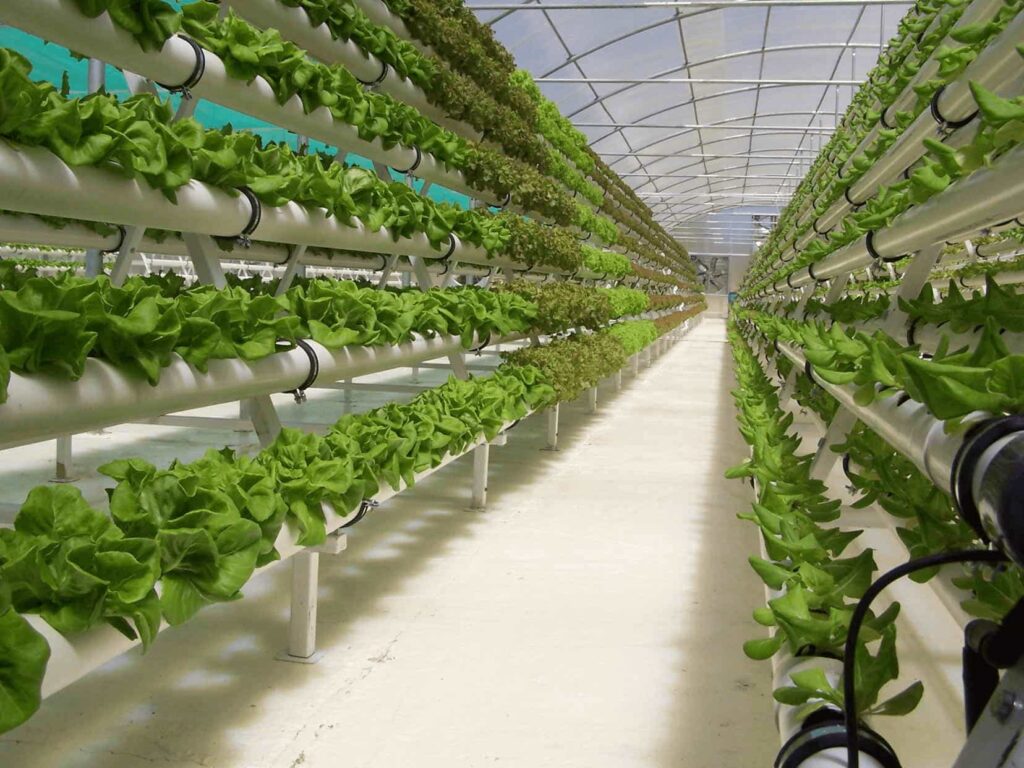
source: pinterest.com
Water culture system is another effective system which places the plant roots directly into the nutrient solution. While the wick system keeps certain materials between the soil and the plants, the water culture system bypasses this barrier. The oxygen needed by the plant is sent into the water by a diffuser or air stone. However, make sure to secure the plants in proper position with net pots.
The aeroponic system is compatible with almost all types of plants. The nutrient solution to be used is first pumped into a tube that sends the solution directly to the plant base. There is a drip emitter at the end of each tube which controls the amount of solution to be placed into the plant. You can alter the speed of the flow if needed.
Since the size and the flow rate of this system can be altered easily, it can be used to grow any plant. The main disadvantage of the circulating system is a threat you will need to maintain the nutrient and pH levels constantly at the time of recirculating of the solution.
Nutrient Film Technology
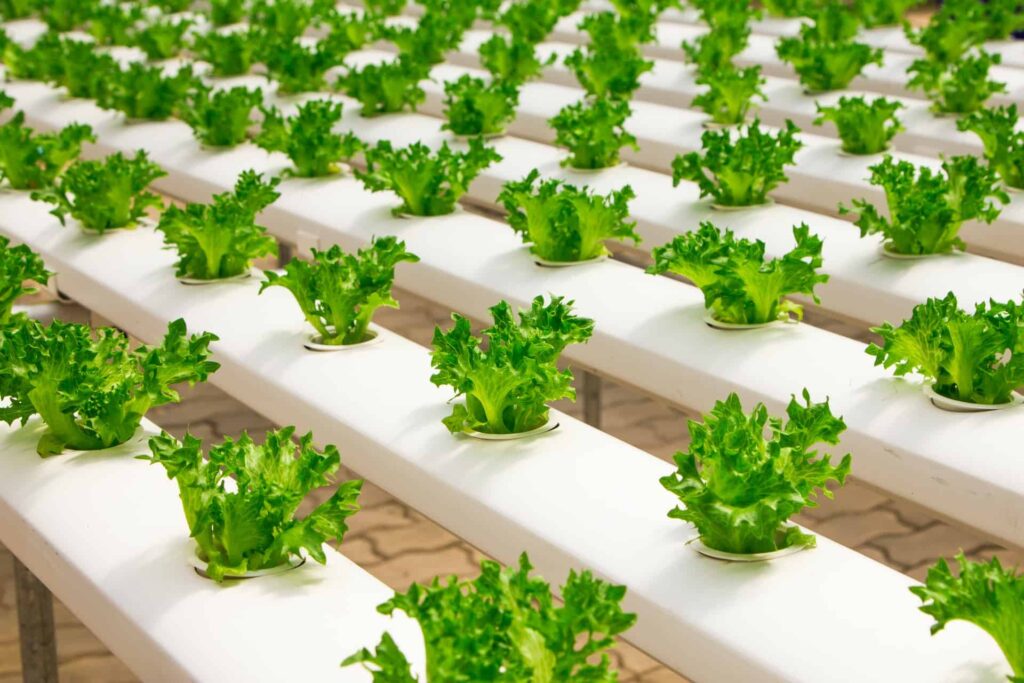
source: rurallivingtoday.com
In the N.F.T system, the nutrient solution is placed into a large reservoir. Then this solution is pumped into channels which let the excess nutrients to flow back to the reservoir. However, you cannot use net pots with this type of system. As the channels used with this system are small, it is recommended to pair the system with the plants that have smaller roots. Though this system does not work well with the larger plants, it performs scaling well. This means it can be altered to allow for the growth of a large number of plants.
Aeroponic systems
Aeroponic systems are a bit difficult to build. In this system, the plant is suspended in the air. A couple of mist nozzles are placed below the plants. These nozzles spray the nutrient solution onto the plant roots. These mist nozzles are directly attached to the water pump. After the pressure increases in the pump, tithe solution is sprayed into the reservoir below.
As long as the right dimensions are used for the reservoir, you can grow almost all types of plants. However, the reservoir has to be very deep if you plan on growing larger plants. Otherwise, mist nozzles will fail to reach all of the roots. Since the plants in the aeroponic system are suspended in the air, they get all the required oxygen. This system makes use of less water as compared to other systems. However there are few disadvantages of this setup, I.e they are costly to build. The nozzles which are used to spray water also get clogged from time to time.
Starting a personal garden is easy. You just need to plan things out with The Architecture Designs like planning your hydroponic garden ideas before setting it up saves you both money and time in the long run.

